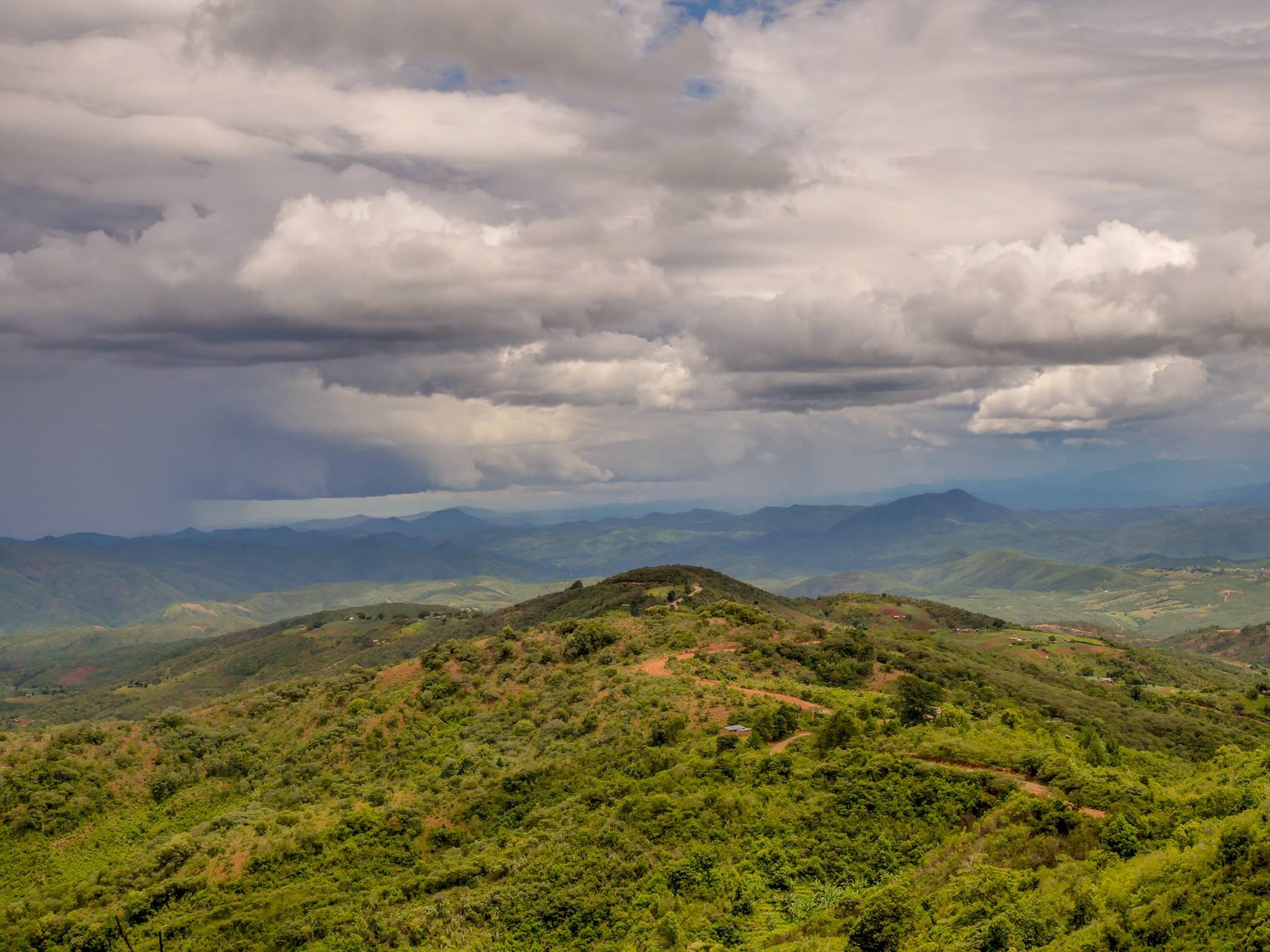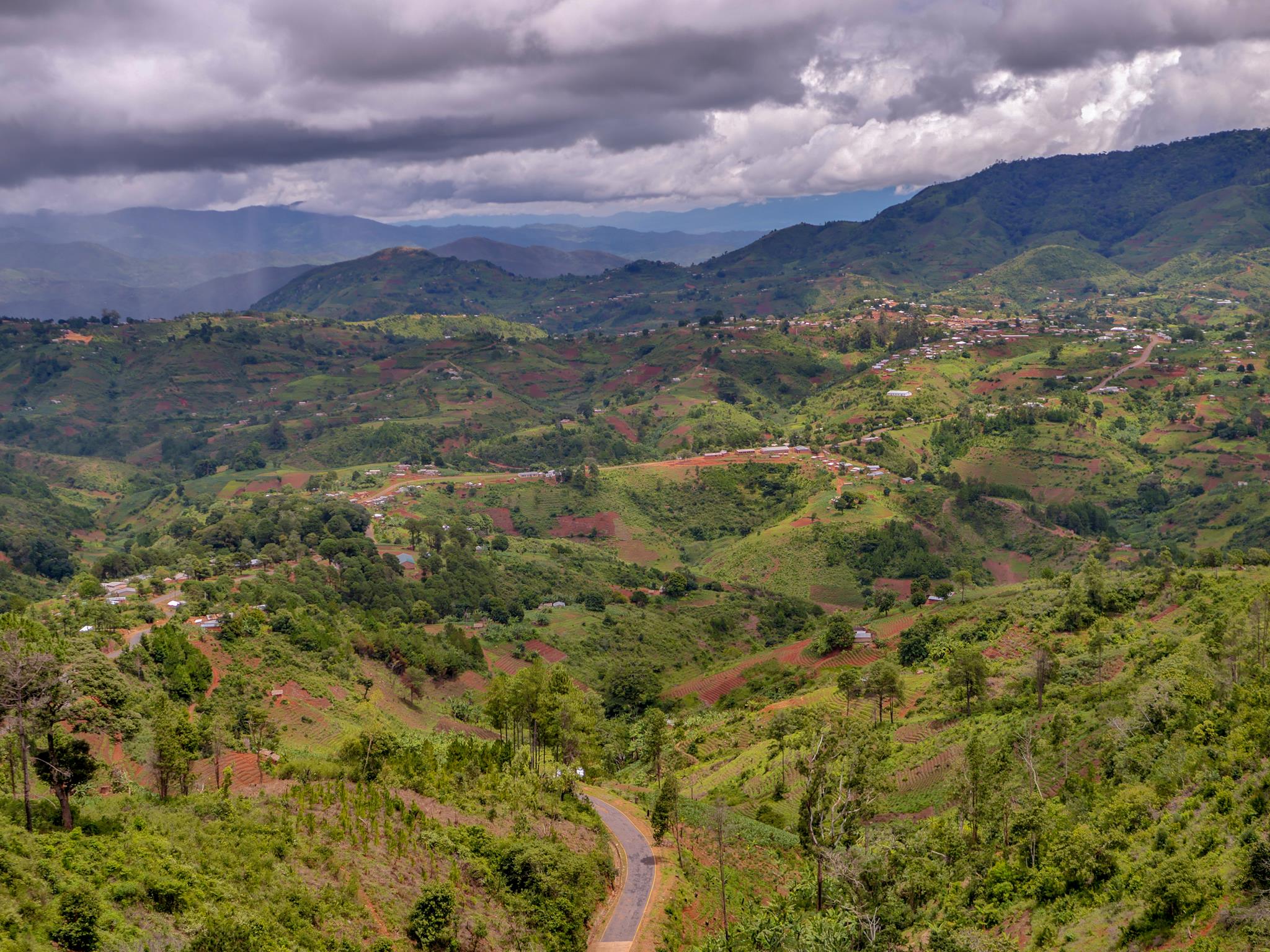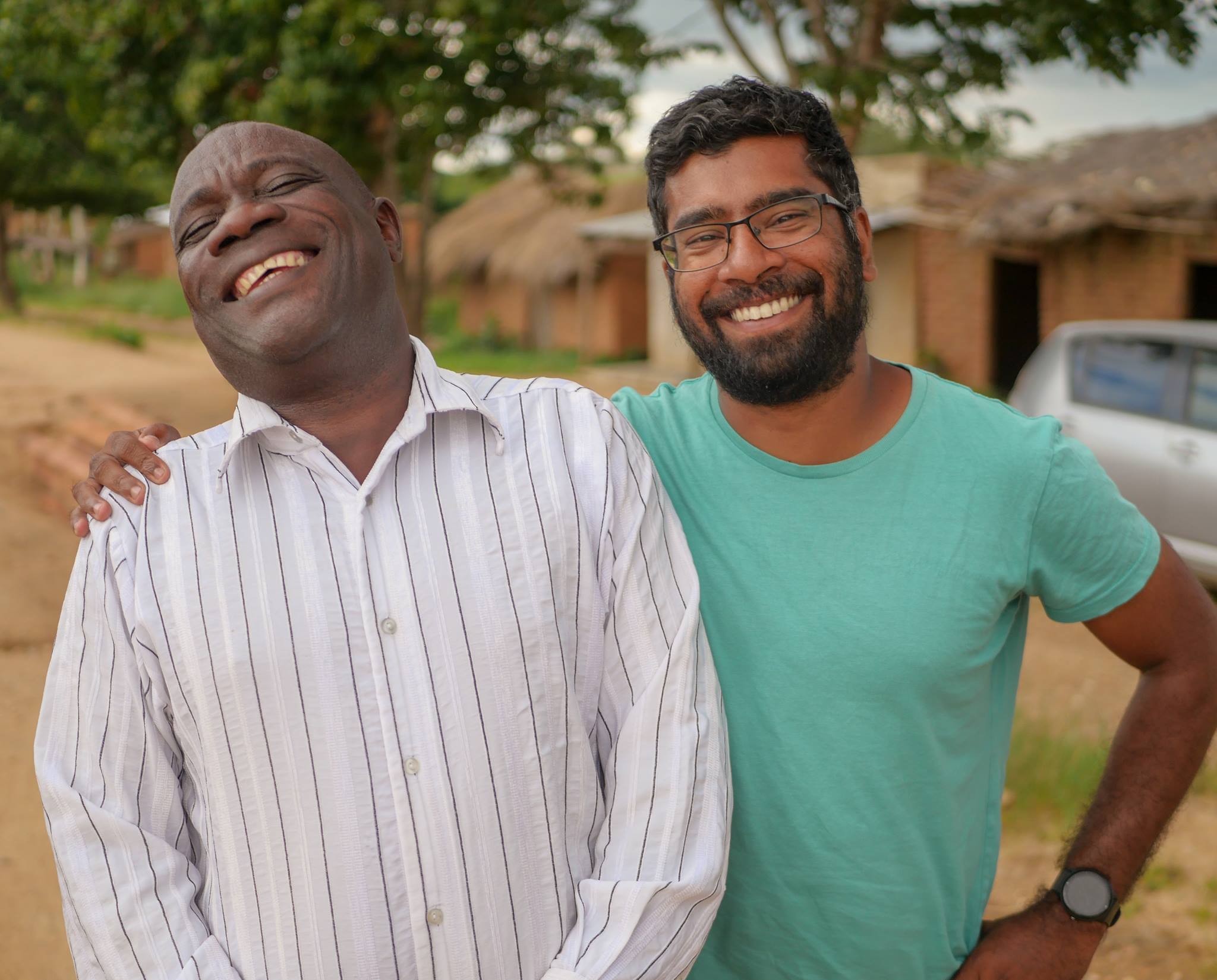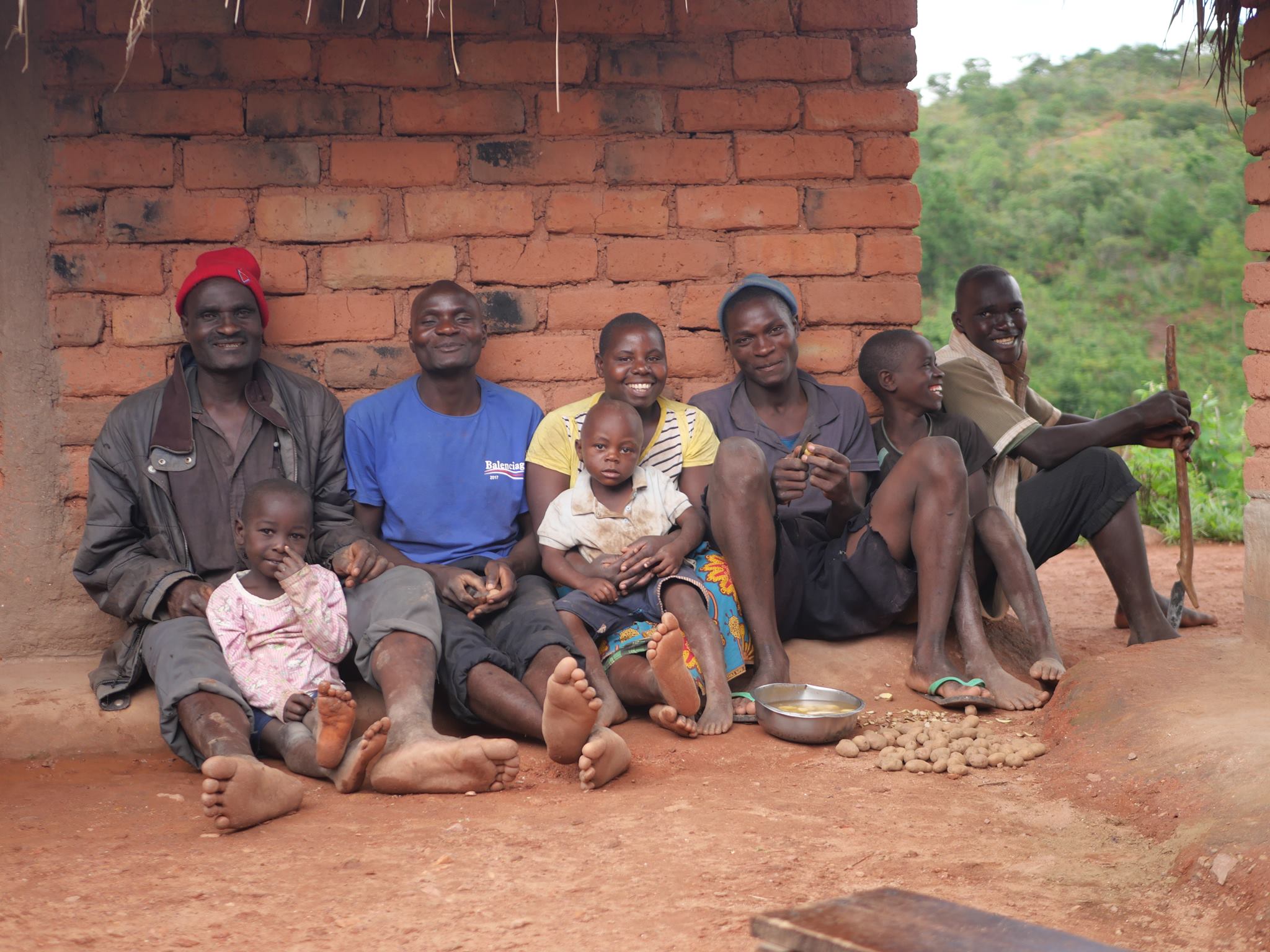We meandered along steep dirt tracks to scale the heights of Misuku Hills, a hillside township known for its coffee. These pictures don't do justice to the panaromic views on display. Our fieldwork was punctuated by stops to soak in the lush vegetation, the storms in the distance, and hills that roll all the way into Tanzania. It was also a refreshing break from the humidity of Karonga.
I've been really touched by how welcoming and open people have been across the first leg of this journey. Despite me being a stranger, I've been afforded a lot of time and access. It has really helped my surface some of the issues that are entangled with the adoption of solar in Northern Malawi.
Clear patterns are emerging across the two districts we've been researching:
1) The excitement of adopting solar often results in households making choices that aren't necessary in their best interests (fake or inappropriate products). Navigating what size panels are needed, why solar controllers are required, what size battery and inverter to get....is very challenging! Many just seek to replicate what their neighbours have. This, as you can expect, yields very mixed results.
2) Distinguishing between fake and original panels seems to be based on runour and speculation, not definitive facts. Expecting rural households to test products with multi-meters etc seems like a very remote possibility. Manufacturers and sellers seem to take advantage of their lack of knowledge and peddle products that claim certain wattage or that they are "Made in Germany". Many are nonethewiser.
3) Women are seldom involved in making decisions about solar, but have the most to gain from one being purchased. With only a few exceptions, both men and women agreed that women used the systems for key energy services like lighting, charging and powering appliances, far more than men. This is primarily because women spend a lot more time at home.
4) Both due to lack of knowledge and poor quality, there seems to be a gulf between expectation and reality. Many households buy systems expecting it to power a range of appliances but are often disappointed by the results. Most systems are only capable of lighting and mobile phone charging, whereas some expect to power old TVs (CRT) and fridges. Related to this, there's little to no understanding of energy efficiency, households just expect to power any old appliance that they have.
5) There's a fascinating network of crossborder trade. Panels are being brought by relatives or friends from Zambia, Tanzania and South Africa. There's also some evidence of traders from Tanzania purchasing used solar batteries for recycling back in their country.
Hope all of this has been of some interest to all of you. I look forward to sharing more insights through blog posts, and of course, when the second leg of this research journey starts in a week or so.



